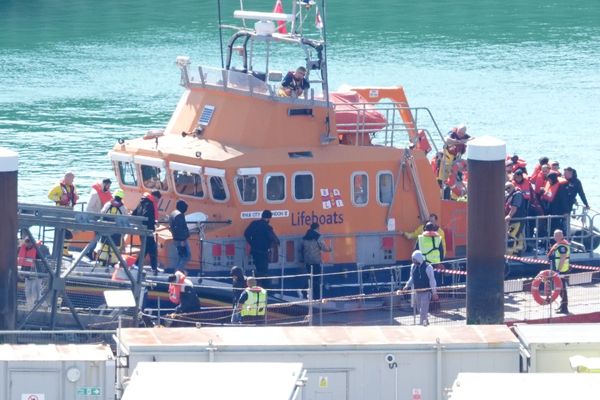Rescuers pulled a woman in her 80s from the ruins of her home three days after Japan was hit by an earthquake.
The rescue in the town of Wajima comes as emergency workers race to find survivors.
Around 82 people were killed when a 7.6 magnitude earthquake hit the Noto peninsula on Monday.
More people are believed to be trapped in the rubble of buildings and the search for survivors has now passed the 72 hour window where they are more likely to be found alive.

Thousands of people remain without power and water and roads blocked by landslides are preventing help from reaching remote communities.
Japanese Prime Minister Fumio Kishida said 150 people have been rescued and the rescue effort will go on despite the "very difficult situation".
More than 30,000 people in the quake-affected areas are still in shelters, with some towns lacking water, electricity and internet.
Authorities warned more quakes and tsunamis could follow, stressing extra caution over the coming few days. Plans are also underway to fly some evacuated people out to safer areas.Aftershocks continued to rock the coastal areas, near the epicenter in Noto, about 185 miles from Tokyo on the opposite coast.The quake set off tsunami warnings, followed by waves measuring more than 3 feet in some places. The warnings have since been lifted.
The first day of trading on the Tokyo Stock Exchange, usually a celebratory affair with the ringing of a big bell and throngs of kimono-clad women, was marked with a moment of silence, as people bowed their heads, to mourn the dead."I would like to express my heartfelt prayers for the souls of those who lost their lives, and my deepest sympathies to all those suffering from the disaster," said Finance Minister Shunichi Suzuki.Japan is prone to earthquakes, with many fault lines and volcanoes. A massive quake, tsunami and nuclear disaster in 2011 caused widespread damage in northeastern Japan.So far, no major issues have been reported at nuclear plants following this week's earthquake and aftershocks.







